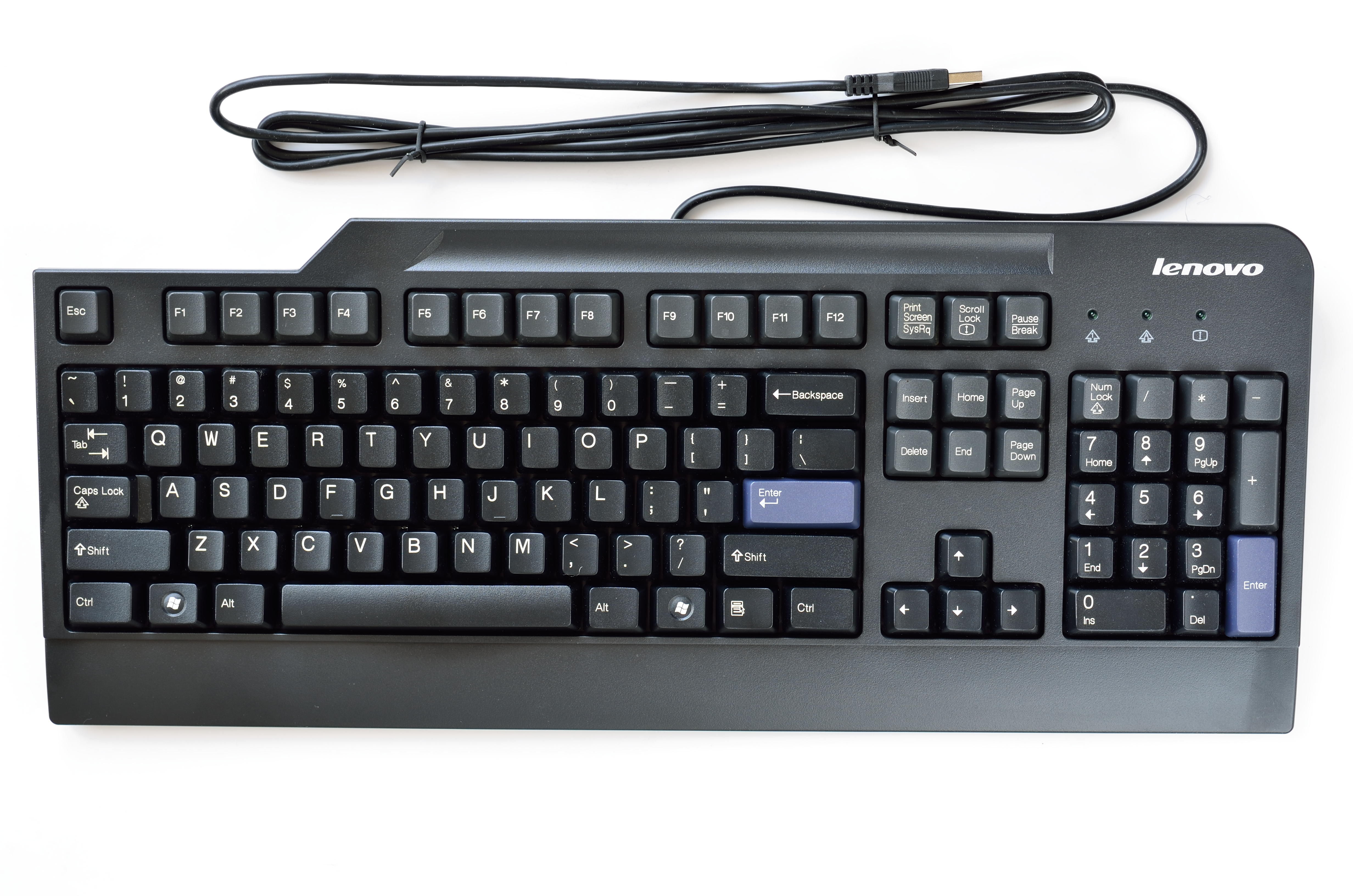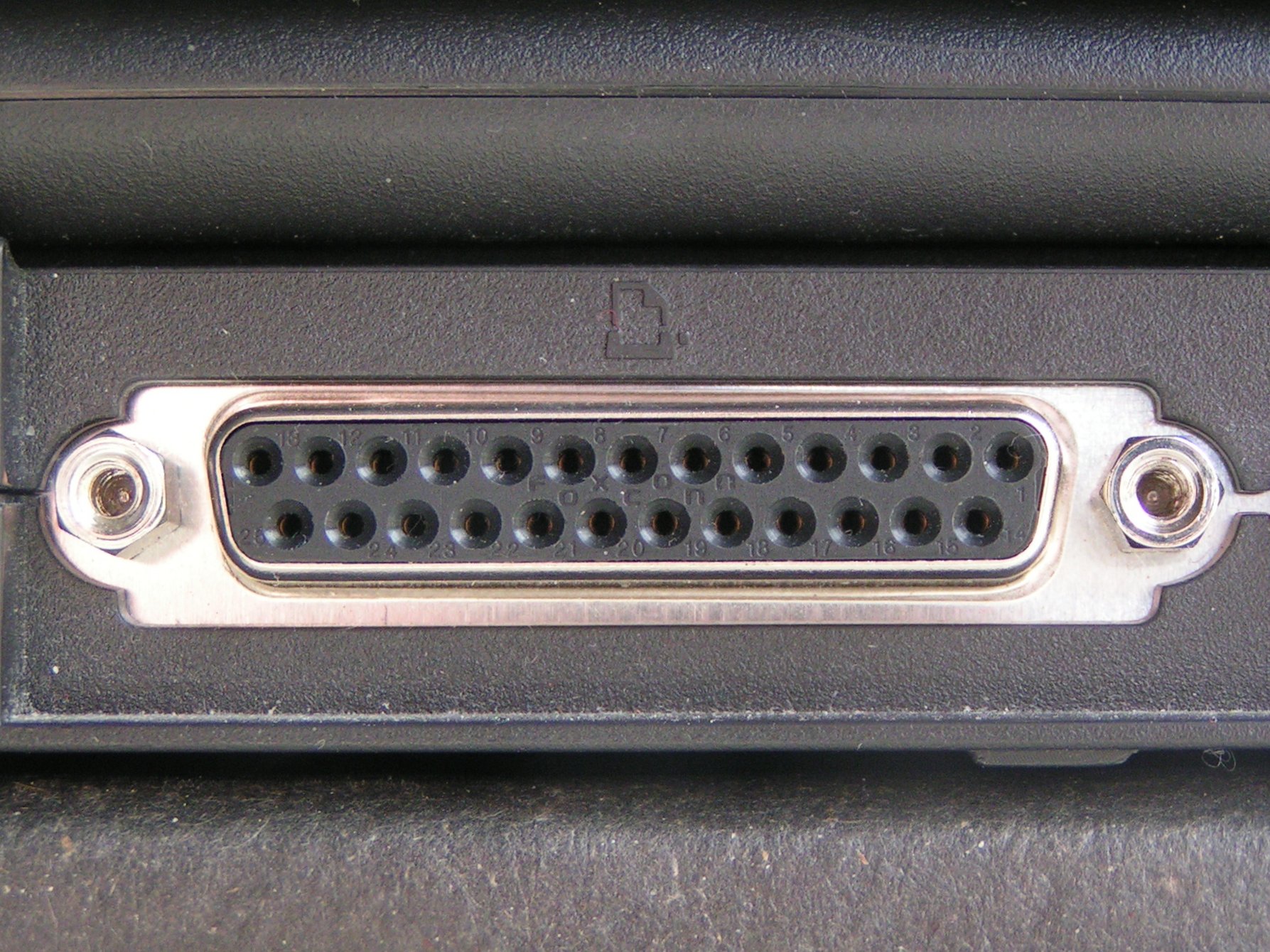|
NMS-8250
Philips NMS 8250, (NMS is short for "New Media Systems") was a professional MSX2 home computer for the high end market, with a built in floppy disk drive in a "pizza box" configuration, released in 1986. The machine was in fact manufactured by Sanyo and it is basically the ''MPC-25FS'' with a different color. It featured professional video output possibilities, such as SCART for a better picture quality, and a detachable keyboard. Three regional models were produced: * NMS 8250/00 for the Dutch and Belgian markets with a QWERTY keyboard; * NMS 8250/16 for the Spanish market with a QWERTY keyboard with ñ key; * NMS 8250/19 for the French market with a AZERTY keyboard. The Philips NMS 8255 is a similar machine, but has with two disc drives instead of one. Specifications The Philips NMS 8250/8255 have the following specifications: * CPU: Zilog Z80A with a clock speed of 3,56 MHz * ROM: 64 kB (MSX 2: 48 kB, Disk BASIC: 16 kB) * RAM: 256 kB * VRAM: 128 kB * Display: Yamaha V ... [...More Info...] [...Related Items...] OR: [Wikipedia] [Google] [Baidu] |
MSX BASIC
MSX BASIC is a dialect of the BASIC programming language. It is an extended version of Microsoft's MBASIC Version 4.5, adding support for graphic, music, and various peripherals attached to MSX microcomputers. Generally, MSX BASIC is designed to follow GW-BASIC, released the same year for IBM PCs and clones. During the creation of MSX BASIC, effort was made to make the system flexible and expandable. Distribution MSX BASIC came bundled in the Read-only memory, ROM of all MSX computers. At system start-up MSX BASIC is invoked, causing its command prompt to be displayed, unless other software placed in Read-only memory, ROM takes control (which is the typical case of ROM cartridge, game cartridges and disk interfaces, the latter causing the MSX-DOS prompt to be shown if there is a disk present which contains the DOS system files). When MSX BASIC is invoked, the ROM code for BIOS and the BASIC interpreter itself are visible on the lower 32K of the Zilog Z80, Z80 addressing space. ... [...More Info...] [...Related Items...] OR: [Wikipedia] [Google] [Baidu] |
Programmable Sound Generator
A programmable sound generator (PSG) is a sound chip that generates (or synthesizes) audio wave signals built from one or more basic waveforms, and often some kind of noise. PSGs use a relatively simple method of creating sound compared to other methods such as frequency modulation synthesis or pulse-code modulation. Technical details PSGs are controlled by writing data to dedicated registers on the chip via an external CPU; hence the name programmable sound generator. One or more basic waveforms are generated (typically a square, triangle or saw-tooth wave) and often a noise signal. The waveforms' frequency and volume (and noise's tone and volume) are typically shaped using an envelope and/or mixed before being sent to the audio output stage. Many PSGs feature three tone channels and one noise channel including the AY-3-8910, SN76489 and MOS Technology 6581. History In the late 1970s, more electronic consumer devices began to be designed with audio features. PSGs were part ... [...More Info...] [...Related Items...] OR: [Wikipedia] [Google] [Baidu] |
MSX2 Microcomputer
MSX is a standardized home computer architecture, announced by ASCII Corporation on June 16, 1983. It was initially conceived by Microsoft as a product for the Eastern sector, and jointly marketed by Kazuhiko Nishi, the director at ASCII Corporation. Microsoft and Nishi conceived the project as an attempt to create unified standards among various home computing system manufacturers of the period, in the same fashion as the VHS standard for home video tape machines. The first MSX computer sold to the public was a Mitsubishi ML-8000, released on October 21, 1983, thus marking its official release date. MSX systems were popular in Japan and several other countries. There are differing accounts of MSX sales. One source claims 9 million MSX units were sold worldwide, including in Japan alone, whereas ASCII Corporation founder Kazuhiko Nishi claims that 3 million were sold in Japan, and 1 million overseas. Despite Microsoft's involvement, few MSX-based machines were released in the ... [...More Info...] [...Related Items...] OR: [Wikipedia] [Google] [Baidu] |
ROM Cartridge
A ROM cartridge, usually referred to in context simply as a cartridge, cart, cassette, or card, is a replaceable part designed to be connected to a consumer electronics device such as a home computer, video game console or, to a lesser extent, electronic musical instruments. Read-Only Memory, ROM cartridges allow users to rapidly load and access programs and data alongside a floppy drive in a home computer; in a video game console, the cartridges are standalone. At the time around their release, ROM cartridges provided security against Software copyunauthorised copying of software. However, the manufacturing of ROM cartridges was more expensive than floppy disks, and the storage capacity was smaller. ROM cartridges and slots were also used for various hardware accessories and enhancements. The widespread usage of the ROM cartridge in video gaming applications has led it to be often colloquially called a game cartridge. History ROM cartridges were popularized by early home ... [...More Info...] [...Related Items...] OR: [Wikipedia] [Google] [Baidu] |
Joystick
A joystick, sometimes called a flight stick, is an input device consisting of a stick that pivots on a base and reports its angle or direction to the device it is controlling. Also known as the control column, it is the principal control device in the cockpit of many civilian and military aircraft, either as a centre stick or side-stick. It has various switches to control functions of the aircraft controlled by the Pilot and First Officer of the flight. Joysticks are often used to control video games, and usually have push-buttons whose state can be read by the computer. A popular variation of the joystick used on modern video game consoles is the analog stick. Joysticks are also used for controlling machines such as cranes, trucks, underwater unmanned vehicles, wheelchairs, surveillance cameras, and Zero-turn mower, zero turning radius lawn mowers. Miniature finger-operated joysticks have been adopted as input devices for smaller electronic equipment such as mobile phones. A ... [...More Info...] [...Related Items...] OR: [Wikipedia] [Google] [Baidu] |
Computer Keyboard
A computer keyboard is a built-in or peripheral input device modeled after the typewriter keyboard which uses an arrangement of buttons or Push-button, keys to act as Mechanical keyboard, mechanical levers or Electronic switching system, electronic switches. Replacing early punched cards and paper tape technology, interaction via teleprinter-style keyboards have been the main input device, input method for computers since the 1970s, supplemented by the computer mouse since the 1980s, and the touchscreen since the 2000s. Keyboard keys (buttons) typically have a set of characters Engraving, engraved or Printing, printed on them, and each press of a key typically corresponds to a single written symbol. However, producing some symbols may require pressing and holding several keys simultaneously or in sequence. While most keys produce character (computing), characters (Letter (alphabet), letters, Numerical digit, numbers or symbols), other keys (such as the escape key) can prompt the ... [...More Info...] [...Related Items...] OR: [Wikipedia] [Google] [Baidu] |
Parallel Port
In computing, a parallel port is a type of interface found on early computers ( personal and otherwise) for connecting peripherals. The name refers to the way the data is sent; parallel ports send multiple bits of data at once (parallel communication), as opposed to serial communication, in which bits are sent one at a time. To do this, parallel ports require multiple data lines in their cables and port connectors and tend to be larger than contemporary serial ports, which only require one data line. There are many types of parallel ports, but the term has become most closely associated with the printer port or Centronics port found on most personal computers from the 1970s through the 2000s. It was an industry ''de facto'' standard for many years, and was finally standardized as IEEE 1284 in the late 1990s, which defined the Enhanced Parallel Port (EPP) and Extended Capability Port (ECP) bi-directional versions. Today, the parallel port interface is virtually non ... [...More Info...] [...Related Items...] OR: [Wikipedia] [Google] [Baidu] |
Centronics
Centronics Data Computer Corporation was an American manufacturer of computer printers, now remembered primarily for the parallel interface that bears its name, the Centronics connector. History Foundations Centronics began as a division of Wang Laboratories. Founded and initially operated by Robert Howard (president) and Samuel Lang (vice president and owner of the well known K & L Color Photo Service Lab in New York City), the group produced remote terminals and systems for the casino industry. Printers were developed to print receipts and transaction reports. Wang spun off the business in 1971 and Centronics was formed as a corporation in Hudson, New Hampshire with Howard as president and chairman. The Centronics Model 101 was introduced at the 1970 National Computer Conference in May. The print head used an innovative seven-wire solenoid impact system. Based on this design, Centronics later developed the first dot matrix impact printer (while the first such pr ... [...More Info...] [...Related Items...] OR: [Wikipedia] [Google] [Baidu] |
RGB Color Model
The RGB color model is an additive color, additive color model in which the red, green, and blue primary colors of light are added together in various ways to reproduce a broad array of colors. The name of the model comes from the initials of the three additive primary colors, red, green, and blue. The main purpose of the RGB color model is for the sensing, representation, and display of images in electronic systems, such as televisions and computers, though it has also been used in conventional photography and Light-emitting diode#RGB systems, colored lighting. Before the electronic age, the RGB color model already had a solid theory behind it, based in Trichromacy, human perception of colors. RGB is a ''device-dependent'' color model: different devices detect or reproduce a given RGB value differently, since the color elements (such as phosphors or dyes) and their response to the individual red, green, and blue levels vary from manufacturer to manufacturer, or even in the ... [...More Info...] [...Related Items...] OR: [Wikipedia] [Google] [Baidu] |
RCA Connector
The RCA connector is a type of electrical connector commonly used to carry analog audio and video signals. The name refers to the popular name of Radio Corporation of America, which introduced the design in the 1930s. Typically, the output is a plug type connector and the input a jack type connector. These are referred to as RCA plug and RCA jack respectively. It is also called a phono connector, referring to its early use to connect a phonograph turntable to a radio receiver. As home audio systems became more complex, RCA cables became a standard way to connect components such as radio receivers, amplifiers, turntables, tape decks, and CD players. Their ubiquity led to them also being used for video: connecting analog televisions, videocassette recorders, DVD players, and game consoles. They remain in use as a simple, widely supported means of connection. In some European countries such as France and Germany, the name ''cinch'' is still used as an antonomasia of ... [...More Info...] [...Related Items...] OR: [Wikipedia] [Google] [Baidu] |
Luma (video)
In video, luma (Y') represents the brightness in an image (the "black-and-white" or achromatic portion of the image). Luma is typically paired with chrominance. Luma represents the grey, achromatic image, while the chroma components represent the color information. Converting RGB color model, R′G′B′ sources (such as the output of a three-CCD camera) into luma and chroma allows for chroma subsampling: because human vision has finer spatial sensitivity to luminance ("black and white") differences than chromatic differences, video systems can store and transmit chromatic information at lower resolution, optimizing perceived detail at a particular bandwidth. Luma versus relative luminance Luma is the weighted sum of gamma-compressed R′G′B′ components of a color video—the ''prime symbols'' ′ denote Gamma correction, gamma compression. The word was proposed to prevent confusion between luma as implemented in video engineering and relative luminance as used in color s ... [...More Info...] [...Related Items...] OR: [Wikipedia] [Google] [Baidu] |
Composite Video
Composite video, also known as CVBS (composite video baseband signal or color, video, blanking and sync), is an analog video format that combines image information—such as brightness (luminance), color (chrominance), and synchronization, into a single signal transmitted over one channel. It is most commonly used for standard-definition television, and is sometimes referred to as ''SD video''. The signal is typically carried on a yellow RCA connector, with separate connectors used for left and right audio channels. In professional equipment, a BNC connector is often used instead. Other connector types may appear in compact consumer devices like digital cameras. Composite video supports several line resolutions, including 405-line, 525-line, and 625-line interlaced formats. It exists in three major regional variants based on analog color encoding standards: NTSC, PAL, and SECAM. The same format can also be used to transmit monochrome (black-and-white) video. Signal comp ... [...More Info...] [...Related Items...] OR: [Wikipedia] [Google] [Baidu] |




